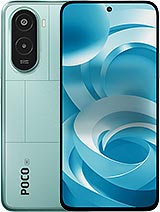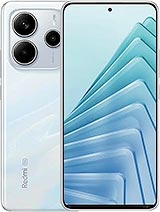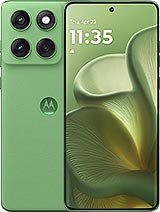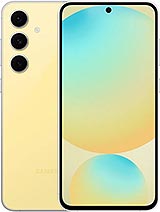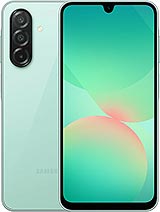Infinix Note 50s alternatives
Tap above to see alternatives.
Lava Agni 3 alternatives
Tap above to see alternatives.
Infinix Note 50s
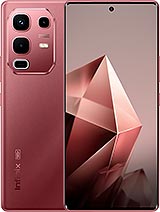
Infinix Note 50s
-
Dimensity 7300
4 nm
-
5500 mAh
45W
-
6.78"
1080 x 2436 pixels
-
64 MP
4K@30fps
-
Specs

Lava Agni 3

Lava Agni 3
-
Dimensity 7300
4 nm
-
5000 mAh
66W
-
6.78"
1200 x 2652 pixels
-
50 MP
4K@30fps
-
Specs

4x2.5 GHz Cortex-A78
4x2.0 GHz Cortex-A55
4x2.5 GHz Cortex-A78
4x2.0 GHz Cortex-A55
8GB 256GB (UFS 2.2)
8GB 256GB (UFS 3.1)
f/1.8, (wide), 1/1.73", 0.8µm, Sony IMX682, PDAF
2 MP
(wide), 1/1.55", 1.0µm, PDAF, OIS
8 MP
(telephoto), 1.0µm, PDAF, 3x optical zoom
8 MP
112˚ (ultrawide)
1080p@30fps
1080p@30fps
f/2.2, (wide)
f/2.0, (wide), 1.0µm
1080p@30fps
SIM1: Nano, SIM2: Nano
SIM1: Nano, SIM2: Nano
10 5G bands
n1, n3, n5, n8, n28, n38, n40, n41, n77, n78
14 5G bands
n1, n2, n3, n5, n7, n8, n20, n28, n38, n40, n41, n66, n77, n78
Both Infinix Note 50s and Lava Agni 3 feature the Mediatek Dimensity 7300 (4nm), offering similar performance levels in day-to-day use.
Both phones launched with Android 15 and will get updates until Android 17. Both phones are expected to receive security updates until around 2028.
Both Infinix Note 50s and Lava Agni 3 feature AMOLED displays, offering vibrant colors and deeper blacks. In terms of smoothness, Infinix Note 50s offers a higher 144 Hz refresh rate, ensuring fluid scrolling and animations. Infinix Note 50s also boasts a brighter screen with 1300 nits of peak brightness, enhancing outdoor visibility. Notably, Lava Agni 3 offers a higher screen resolution, resulting in sharper visuals and more detailed content.
Infinix Note 50s comes with a larger 5500 mAh battery, which may offer longer usage on a single charge. Lava Agni 3 also supports faster wired charging at 66W, compared to 45W on Infinix Note 50s.
Both phones feature the same IP64 rating for water and dust resistance.
¹ Scores can vary even with the same chipset due to RAM, thermals, and software optimization.


